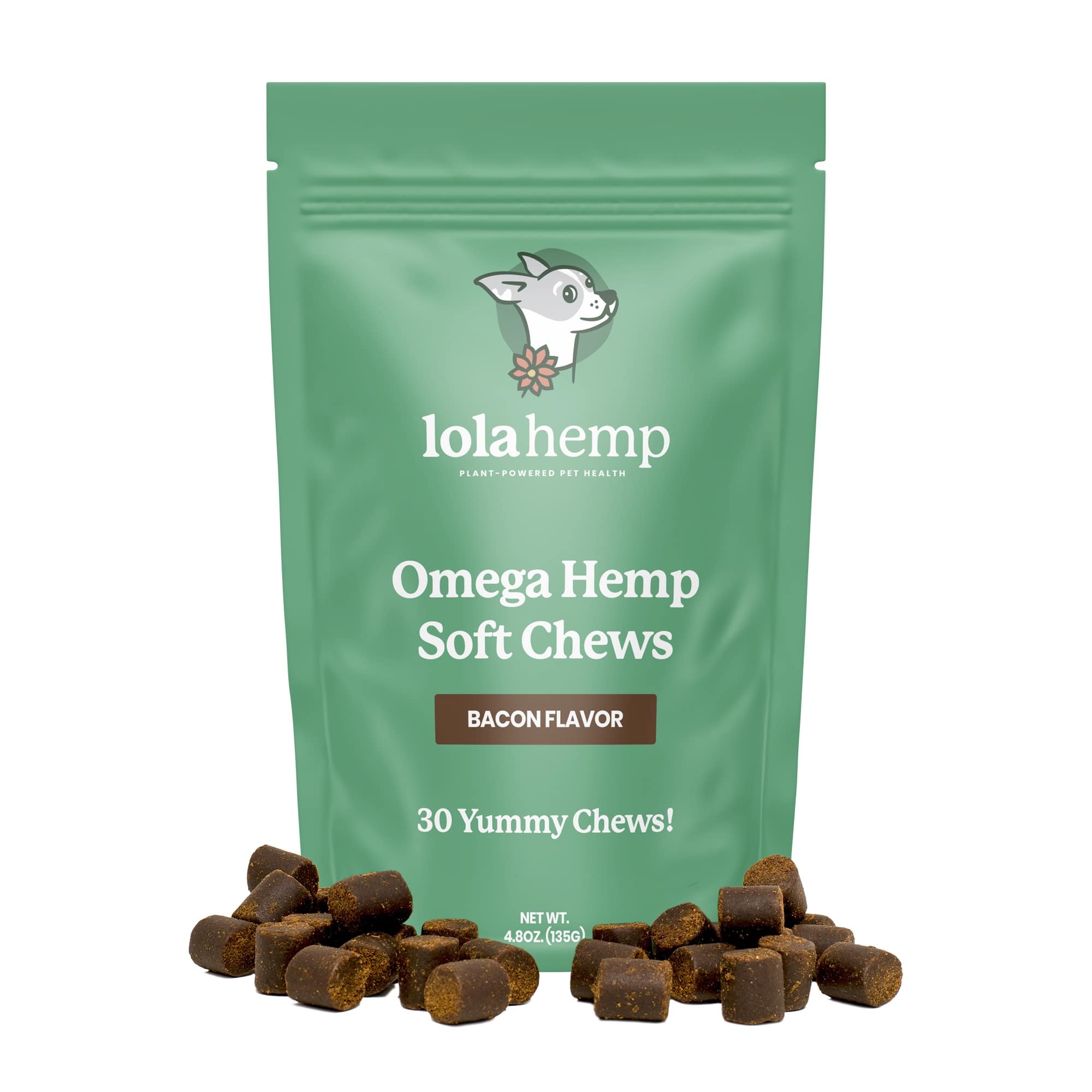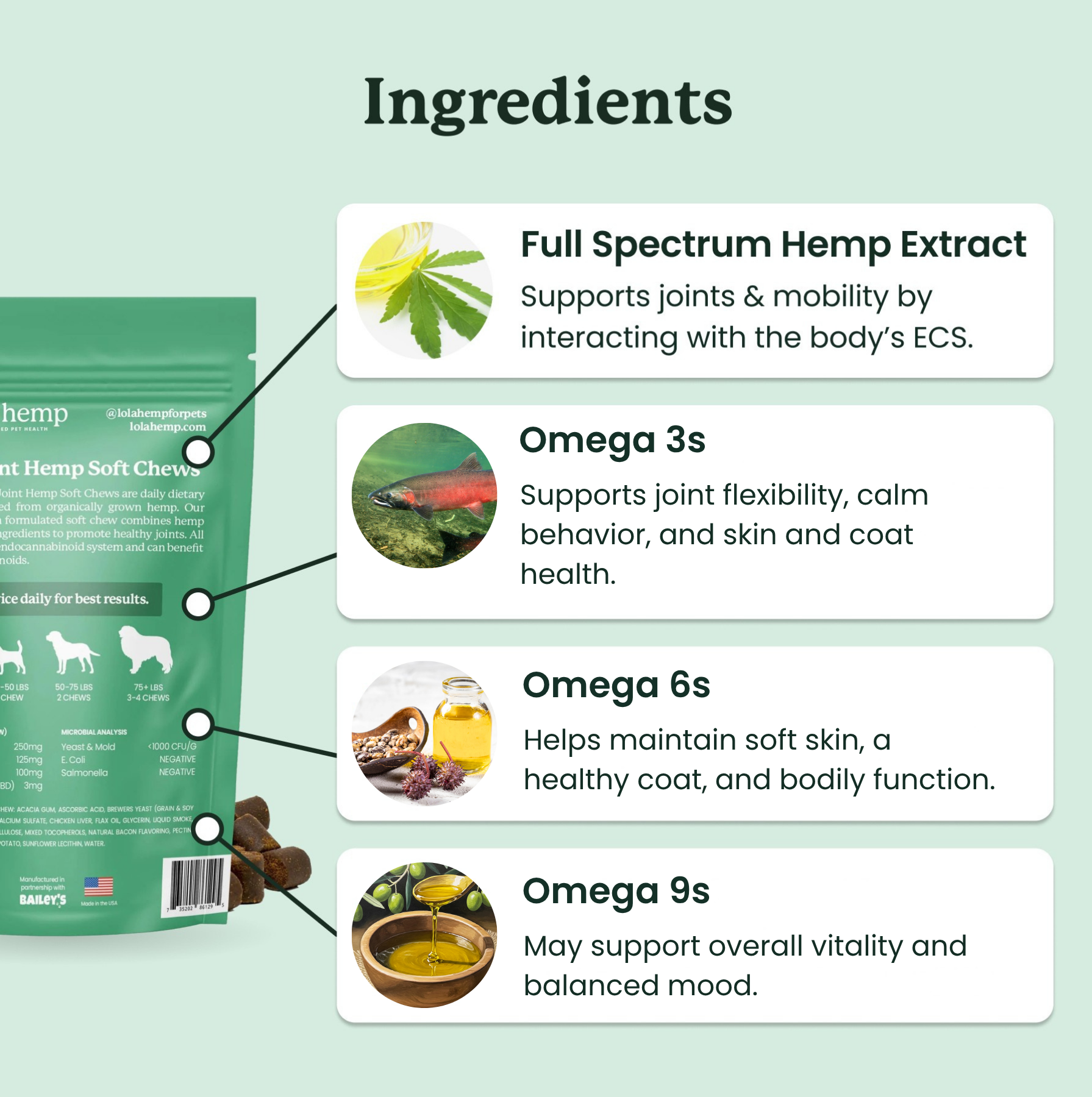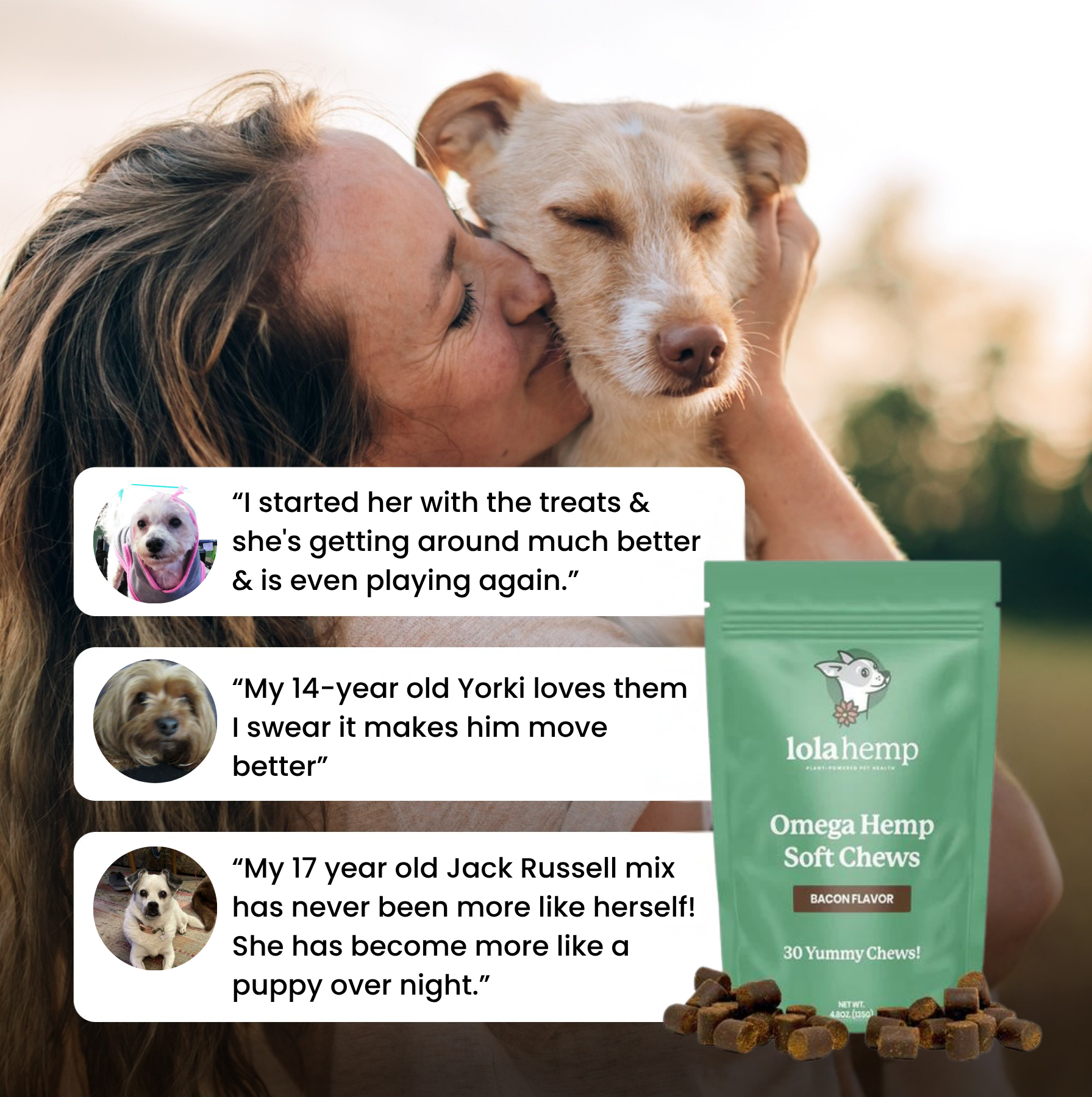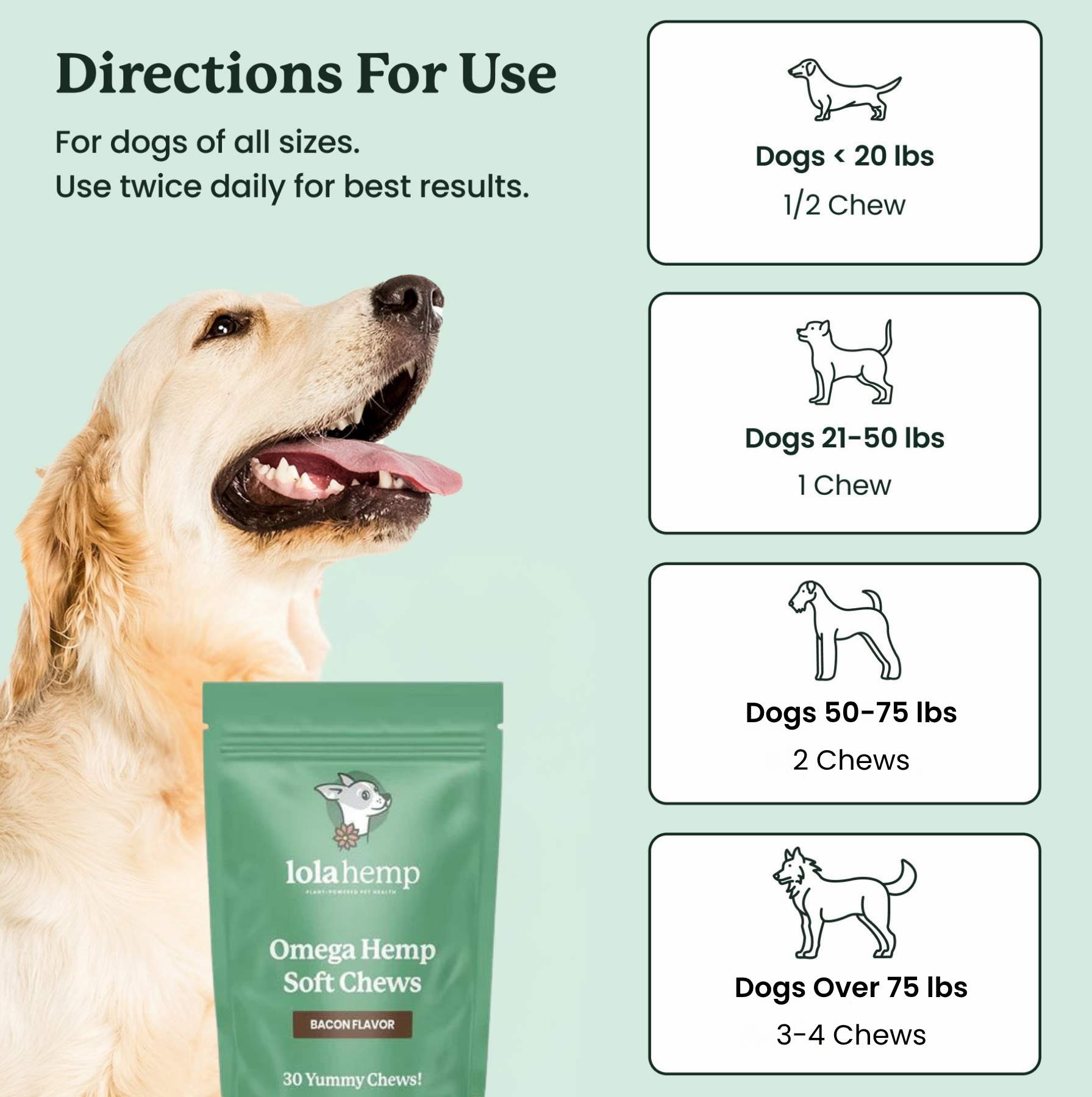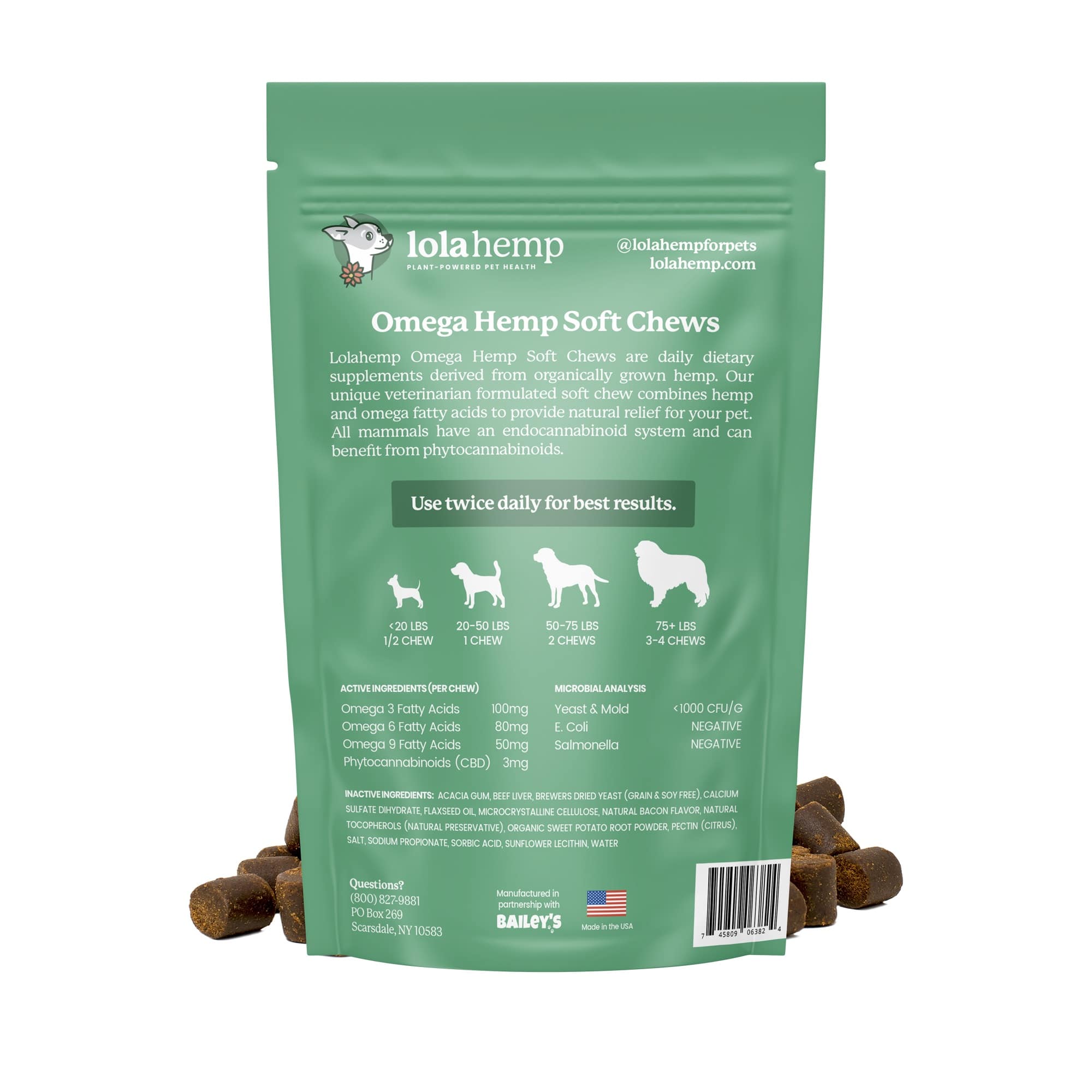You’re peeling a fresh, juicy clementine, and your dog sits nearby, watching intently. Those eager eyes make you wonder—is it safe to share a clementine with your dog? Before offering a piece, let’s dive into the nutritional benefits, potential risks, and best practices for feeding clementines to dogs.
It's a good thing you searched, because not all human foods are safe for dogs. Let's take a look.
Can Dogs Eat Clementines?
Yes, in moderation, clementines are safe for most dogs. These small citrus fruits are not toxic and can provide some nutritional benefits. However, not all dogs tolerate citrus well, and there are some key precautions to keep in mind. While some pups might love the juicy sweetness, others might experience digestive upset from the acidity or natural sugars.

Are Clementines Beneficial to Dogs?
Clementines offer a variety of health benefits when given in appropriate amounts:
- Rich in Vitamin C – This antioxidant supports immune function, promotes healthy skin, and helps reduce inflammation. While dogs naturally produce vitamin C, a small boost from food can be beneficial, especially for older dogs or those under stress.
- Hydrating Snack – With a high water content, clementines can be a refreshing treat, particularly on warm days.
- Low in Calories – A few small pieces can serve as a light, natural snack compared to processed dog treats.
- Contains Fiber – Fiber aids digestion and can support gut health, though too much fiber may lead to loose stools.
What are The Risks of Giving Your Cutie Clementines?
Despite their benefits, there are a few risks associated with feeding clementines to dogs:
- High Sugar Content – Clementines are naturally sweet, and while a small piece won’t hurt, excessive sugar can contribute to weight gain, diabetes, or dental issues.
- Acidity Concerns – The citric acid in clementines may cause stomach upset in some dogs, leading to diarrhea or vomiting.
- Peels and Seeds – Clementine peels contain oils that can be irritating to a dog’s digestive system, and seeds (if present) should be removed to prevent choking hazards.
Tip: If your dog has a sensitive stomach or a history of pancreatitis, it’s best to avoid citrus fruits altogether.
How to Safely Serve Clementines to Your Dog
If you decide to share a clementine with your pup, follow these guidelines:
- Peel and Remove Seeds – The peel is tough to digest and can contain essential oils that irritate the stomach.
- Cut into Small Pieces – This prevents choking and makes digestion easier.
- Offer in Moderation – Clementines should be an occasional treat, not a daily snack.
- Watch for Reactions – If your dog experiences diarrhea, vomiting, or unusual behavior after eating citrus, discontinue feeding and consult a vet.
Dog-Friendly Clementine Recipe: Frozen Citrus & Yogurt Treats
Looking for a fun way to give your dog clementines? Try this easy homemade recipe!
Ingredients:
- 1 cup plain, unsweetened yogurt
- 1-2 clementines (peeled and segmented)
- 1 tablespoon honey (optional)
Instructions:
- Blend all ingredients until smooth.
- Pour into an ice cube tray or silicone mold.
- Freeze for at least 4 hours.
- Serve as a refreshing, dog-safe treat on a hot day!

Conclusion: What's The Verdict on Dogs & Clementines?
Yes, most dogs can enjoy small amounts of clementines as an occasional treat. They provide vitamins and hydration but should always be given in moderation. If your dog has a sensitive stomach or underlying health conditions, it’s best to skip citrus fruits altogether.
When in doubt, always consult your veterinarian before introducing new foods to your dog’s diet. But if your pup loves a bite of this juicy fruit, a few small, peeled segments could be a safe and refreshing snack!
Frequently Asked Questions About Can Dogs Eat Clementines
Are clementines safe for dogs?
Yes, clementines are safe for most dogs when given in moderation. However, their high sugar and acid content means they should only be an occasional treat.
Can clementines be toxic to dogs?
No, clementines are not toxic, but peels, seeds, and oils can irritate your dog’s digestive system and should always be removed before feeding.
How much clementine can I give my dog?
A few small, peeled segments are enough for most dogs. Avoid giving an entire fruit, especially to small breeds.
What are the risks of giving dogs citrus fruits?
Citrus fruits like clementines can cause stomach upset due to acidity, and too much sugar may contribute to obesity or diabetes over time.
Can puppies eat clementines?
It’s best to avoid giving citrus fruits to puppies, as their digestive systems are more sensitive and may react poorly to acidic foods.

